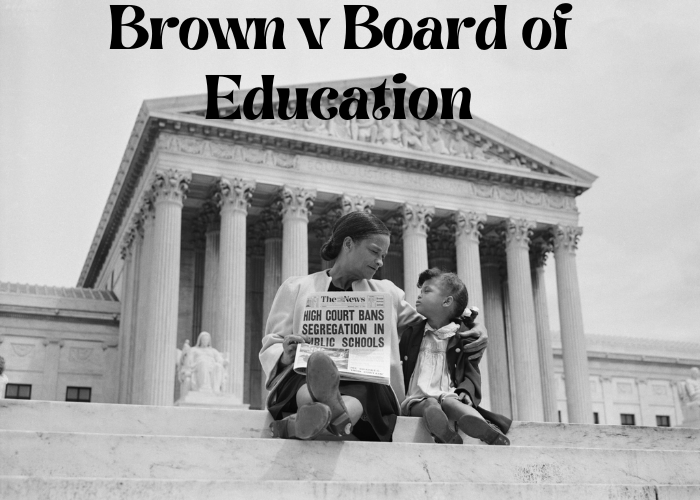
It was May 17, 1954, when the United States Supreme Court announced its unanimous decision in the case of Brown v. Board of Education. The landmark ruling declared that segregated education was unconstitutional, and it paved the way for equal opportunity and racial integration in America’s schools. In commemoration of this historic moment, let’s take a closer look at the Brown v Board of Education case and its Impact on education today.
What Is Brown v Board of Education?
Brown v board of education is a landmark case in the United States that overturned the “separate but equal” doctrine laid out in Plessy v Ferguson. This case held that state-sponsored segregation of public schools was a violation of the Equal Protection Clause of the Fourteenth Amendment. The Brown decision began a long process of desegregation of public schools throughout America. While not always followed immediately, the Supreme Court’s decision in Brown helped pave the way for integrating our public schools and creating opportunities for all students to succeed.
The Plaintiffs in the Case
In the landmark case of Brown v. Board of Education, plaintiffs Barbara Johns and Oliver Brown argued that the segregation of public schools was unconstitutional. The plaintiffs were represented by famed civil rights attorney Thurgood Marshall, who would later go on to become the first African American justice on the Supreme Court. The case made its way to the Supreme Court, where Marshall argued that segregation violated the Equal Protection Clause of the Fourteenth Amendment. In a unanimous decision, the Court ruled in favor of the plaintiffs, holding that segregation in public schools was indeed unconstitutional. The Brown v. Board of Education decision was a pivotal moment in the civil rights movement, and it helped to pave the way for desegregation in other areas of public life.
The Defendants in the Case
The defendants in the case were the board of education for the school district that was being required to desegregate. The case revolved around the fact that the community was not doing enough to ensure that all of its schools were integrated. The defendants argued that they were taking steps to desegregate, but the plaintiffs argued that these steps were not enough. Ultimately, the Court ruled in favor of the plaintiffs, ordering the school district to take more aggressive measures to desegregate its schools. This ruling helped to pave the way for future desegregation efforts across the country.
The Decision of the Court
The decision of the Court is one of the most important things that happen in our society. It helps to determine how the law will be interpreted and applied in future cases. The decision in Brown v. Board of Education was a landmark case that helped to end segregation in schools. The Court ruled that segregated schools were unequal and violated the Equal Protection Clause of the Fourteenth Amendment. This decision helped to ensure that all children, regardless of their race, would have the same opportunities to get a quality education. Today, the decision of the Court is still highly influential, and it plays a vital role in protecting the rights of all Americans.
Impact of the Decision
The Impact of the decision in Brown v. Board of Education was to end legal segregation in public schools. “Separate but equal” facilities were determined to be unconstitutional. The effects of the decision were felt across the country as states began to implement desegregation plans. Some states were more resistant than others, and the process was often slow and contentious. Despite the challenges, the decision paved the way for greater equality in education and helped to break down barriers between people of different races.
Conclusion:
Brown v board of education was a turning point in American history. This court case helped to end segregation in public schools and ensured that all children received a quality education, regardless of their race. The decision made in Brown v Board of Education was groundbreaking and is still relevant today. If you want to learn more about this court case or the civil rights movement, there are many resources available online and at your local library. You can also visit museums or historic sites that commemorate this momentous event.










